Listen in to part 2, as Jason leads us through fields and forests, trusty butterfly net in hand, filling us in on the so-called “Insect Apocalypse.” Are insect populations really collapsing worldwide? What do the numbers say? How bad is it, and — most importantly — what can we do about it?
Listen in as Jason leads us through fields and forests, trusty butterfly net in hand, filling us in on the so-called “Insect Apocalypse.” Are insect populations really collapsing worldwide? What do the numbers say? How bad is it, and — most importantly — what can we do about it?
Part 2 of our time in the woods with naturalist Sandy Geffner. This time, Sandy leads Steve and Bill on a “hike”—though with Sandy, the word takes on a different meaning. You might not cover much distance, but you’ll travel miles in understanding: exploring ecology and hearing stories of the forest and the wildlife within it. Enjoy!
What exactly is a “naturalist”? Spend a little time with Sandy Geffner, and you’ll find out. Steve and Bill rarely go more than an episode or two without mentioning him—a naturalist who profoundly shaped both their lives. This month, they head into the woods to talk with Sandy about how a baseball-loving kid from Long Island became someone who’s inspired countless people to deepen their connection with the natural world.
It’s hard to believe, but we’re doing another episode on fish! This time around, Steve introduces us to the Sturgeon (family Acipenseridae), from their dinosaur-era origins to their caviar-fueled scandals (did you know Beluga caviar comes from Sturgeon? Bill didn’t either). So strap in as the guys touch on Sturgeon, for the very first time.
This episode was recorded on June 29, 2025 at Eighteenmile Creek County Park in Hamburg, NY.
In this special bonus episode we're crossing over with The Spark Bird Podcast! (@sparkbirdproject)
Bill joins one of the hosts of the Spark Bird Project podcast, Jenn Lodi-Smith, to go birding in Buffalo’s historic Forest Lawn Cemetery, sharing spark bird stories, conservation efforts for migration, and the joy of birding in community.
You’ll also hear reflections from folks at the Feminist Bird Club of Buffalo (@fbc.buf) May the Spark Be with You outing, all recorded on-site at Forest Lawn Cemetery. This episode is a celebration of connection, accessibility, conservation, and the shared love of birds that brings us all together.
This episode was recorded on May 4, 2025 at Forest Lawn Cemetery in Buffalo, NY.
Bill and Steve return for the second part of their look into the Dawn Chrous.
Bill and Steve look into the Dawn Chrous, that early morning explosion of bird song that refuses to let you sleep in.
In this episode, Steve leads a discussion on the invasive Grass Carp. The guys go over the evolutionary history of grass carp and its relatives, its biology, its introduction to The Great Lakes region, why people are concerned, and anything interesting Steve found out about it.
The guys return to Everglades National Park, again looking for a predator that Daniel wants to get too close to: the American crocodile (Crocodylus acutus). Listen in as Daniel shares some research, busts croc-related myths, and Steve probably gets a little too excited about how crocs deal with salt water. Bill doesn’t have much to say, but he’s there, too. Enjoy!
This episode was recorded on January 7, 2025 on the Bear Lake Trail in Everglades National Park. The last little bit was also recorded in the Park at the Flamingo Marina.
This month, we head to the tropics and meet the Blue Iguana of the Cayman Islands! This endangered lizard is found nowhere else on the globe save for the island of Grand Cayman in the Caribbean, and just two decades ago, it’s likely there were fewer than 25 animals remaining in the wild. This was a species that was functionally extinct, but thanks to the herculean efforts of a dedicated group of people, the Blue Iguana (Cyclura lewisi) has been brought back from the brink, with over 1000 iguanas now roaming the dry, rocky forests of Grand Cayman. In July of 2024 Bill traveled there to interview Fred Burton, the man many people credit as the main driver behind the effort to save this endemic species.
How hard is it to reintroduce species to a tropical island? Turns out, pretty hard! But it’s so worth it. The rewilding of the Galapagos island of Floreana will make it the largest tropical island ever to be rewilded. Researchers have spent over a decade meticulously planning for the reintroduction of the iconic Floreana Giant Tortoise (Chelonoidis niger niger). Once thought to be extinct, this species, along with eleven other locally extinct endemic animal species, are part of a reintroduction project that has involved the massive task of eradication of introduced predators, as well as the purposeful inclusion of the local population throughout the planning process. This month, Bill and Steve are completely out of their depth, discussing the project with three staff members from Fundación Jocotoco, one of the organizations leading the charge to Rewild Floreana.
This episode’s special guests are Paola Sangolquí, Jocotoco’s Galapagos Program Marine Coordinator, Julieta Muñoz, Conservation Strategy Manager, and Jajean Rose-Burney, the Director of Jocotoco US.
This month, Daniel leads the guys into uncharted waters for the podcast…that’s right, it’s our first-ever episode about fish! The Great Lakes salmon fishery is one of the greatest angling spectacles in the US. Large predatory salmon, native to the Pacific Northwest, are stocked in the Great Lakes region to maintain a world class fishery and control invasive baitfish. The undisputed monarch among these stocked species? The appropriately named King Salmon (Oncorhynchus tshawytscha). While they are fished for year-round, the action heats up when mature King Salmon run (well, they swim, but that’s what it’s called) up the creeks and rivers where they were born or stocked each fall. The salmon run attracts anglers from all over the country, fostering a multi-million dollar industry and countless memories. But what is with all the excitement? Why are Pacific salmon even put here? Dare we even ask, should they be here? In this episode, the guys venture to a popular salmon fishing spot near Lake Ontario and reel in the story of one of the most consequential actions in fisheries management history.
If we want to help wildlife, we need to know when and where they’re moving on the landscape. Dr. Scott LaPoint has spent his career researching just that. When our recent episode on fisher cats left us with a lot of questions, we figured who better to help us out than Dr. LaPoint. He was kind enough to join Daniel and Bill for a hike, sharing his expertise and his amazing ability to communicate science with enthusiasm, humor, and clarity. Join the guys for a wide-ranging discussion on fishers, connectivity, and wildlife-human interaction.
Pinesap (Monotropa hypopitys) is a goofy little plant that parasitizes fungi and can often be found beneath pine trees. It is not the sap of pine trees like Daniel thought. In this episode, Bill leads the discussion about the complex relationships between pinesap, its fungal host, and the tree species the fungi has a symbiosis with. Join the guys as they get caught in a sudden rainstorm and learn about this amazing plant.
The guys are on the trail - both literally and figuratively - tracking down the life history of the fisher - an efficient predator and elusive member of the weasel family whose range is expanding throughout the northeast.
This month, the guys prepare for the upcoming 2024 total eclipse by looking into the research around how animals react to the moon photobombing the sun for a few minutes.
Daniel and Bill journey to south Florida for an episode about the Florida Panther, tackling the questions and misconceptions that leave this cat shrouded in mystery.
Part 2 of our Timber Rattlesnake episode. If you haven’t listened to part 1, go and do that. We’ll wait right here for you.
Love ‘em or hate ‘em, we wager you’ll enjoy this dive into the shiny (not slimy) world of rattlesnakes. This episode, the guys take a close look (but not too close) at the Timber Rattlesnake (Crotalus horridus), trying to show how it’s not out to kill you and also finding out how it ended up on the “Don’t Tread On Me” flag. Plus, they introduce the newest field guide, Daniel!
This month, Bill and Steve visit Floating Fen, although some might call it a bog, or is it a swamp? Thankfully, they’re joined by Erik Danielson, Stewardship Coordinator of the Western NY Land Conservancy (WNYLC), who schools them on the difference between these wetlands. Erik and the WNYLC are trying to preserve Floating Fen, a property home to a unique wetland, extraordinary wildlife, and a diverse forest. Erik guides Bill and Steve through the fen, discussing just what makes a bog a bog and a fen a fen, as well as what makes these peatlands such amazing habitats.
The Bald Eagle (Haliaeetus leucocephalus) is a rare example of a species humans managed to pull back from the brink of extinction by getting off our collective asses and doing some stuff. The typical story told involves the chemical DDT and its negative impacts on the eagle’s ability to reproduce and how the banning of DDT helped restore Bald Eagle populations across the continent. But a few out there question this narrative, claiming that DDT wasn’t a big problem for eagles and that banning it caused billions of unnecessary deaths because it prevented DDT’s continued use in the fight against malaria. These claims are mostly nonsense, drudged up by folks who hate regulations, but looking into them makes for an interesting ride. Join the guys as they find out…DUN DUN DUN…what THEY don’t want you to know about Bald Eagles.
They’re hard-working, tail-slapping, tree cutting machines, and they’re one of the greatest wildlife recovery stories in North America: Castor canadensis, the North American beaver. And, as if all that weren’t enough, apparently their rear ends produce an oil that’s vanilla-scented. Join the guys as they keep their puns and innuendos in check and dive into beavers!
Our six-legged celebration continues! In this second part, the guys wrap up their behind-the-scenes tour of the Cornell University Insect Collection with Jason Dombroskie, collection manager and director of the insect diagnostic lab, and THEN, Jason provides the guys with some eye protection and takes them out into the woods for some nighttime mothing!
This month, Bill and Steve geek out over insects! And it’s because they were lucky enough to have an even bigger insect geek invite them on a field trip. Jason Dombroskie is the collection manager and director of the insect diagnostic lab at Cornell University. His invite to take the guys mothing in July of 2022 turned into a marvelous, day-long adventure:
In part one, you’ll hear the guys meet up with Jason for a tour of his property and an interview delving into Jason’s background and what it’s like to be a professional entomologist (it involves studying lots of insect genitalia, among other things). We follow that up with a behind-the-scenes tour of the Cornell University Insect Collection - an assemblage spanning over 7 million insect specimens representing about 200,000 species, or roughly 20% of the world’s described insect fauna.
So, strap in and prepare yourself for…Insectapalooza!
Have you ever heard a mockingbird imitate a blue jay? How about a seal imitating a Maine fisherman? This month, the guys explore the wild world of vocal mimicry. Birds imitate chainsaws and car alarms, elephants speak Korean; what’s going on? With a special focus on one of the bird world’s best known mimics - the northern mockingbird (Mimus polyglottos) - the guys delve into the research trying to explain why animals - especially birds - feel the need to engage in the wildlife equivalent of, “I know you are, but what am I?”
Black Walnut (Juglans nigra) is a tree well-known for its ability to negatively affect other plants growing nearby, a phenomenon known as allelopathy. But is Black Walnut really as allelopathic as the Internet would have you believe? In this episode, the guys go nuts: delving into this question and many other facets of the fascinating (and tasty?) Black Walnut, including an on-air tasting of Black Walnut syrup. Enjoy!
What’s dark and slimy and over two feet long? It’s an Eastern Hellbender! This aquatic giant salamander, endemic to the eastern and central US, is the largest amphibian in North America, often weighing in at over 4 lbs.! The hellbender (Cryptobranchus alleganiensis) is, not unlike Steve, secretive and slimy but also fascinating. Join the guys for one hell of an episode learning about this rare and disappearing denizen of fast-moving streams.
Jewelweed. Spotted touch-me-not. Orange Balsam. It’s a plant known by many names, and, even if you don’t recognize any of them, you’ve probably popped one of its exploding seed pods. A favorite of hummingbirds and nature-lovers young and old, it’s a species with many stories to share. Listen in as the guys dive deep into the jewelweed patch, eating some seeds, trying to find the source of the “jewel” in jewelweed’s name, and getting to the bottom of the age-old claim that jewelweed is a cure for poison ivy.
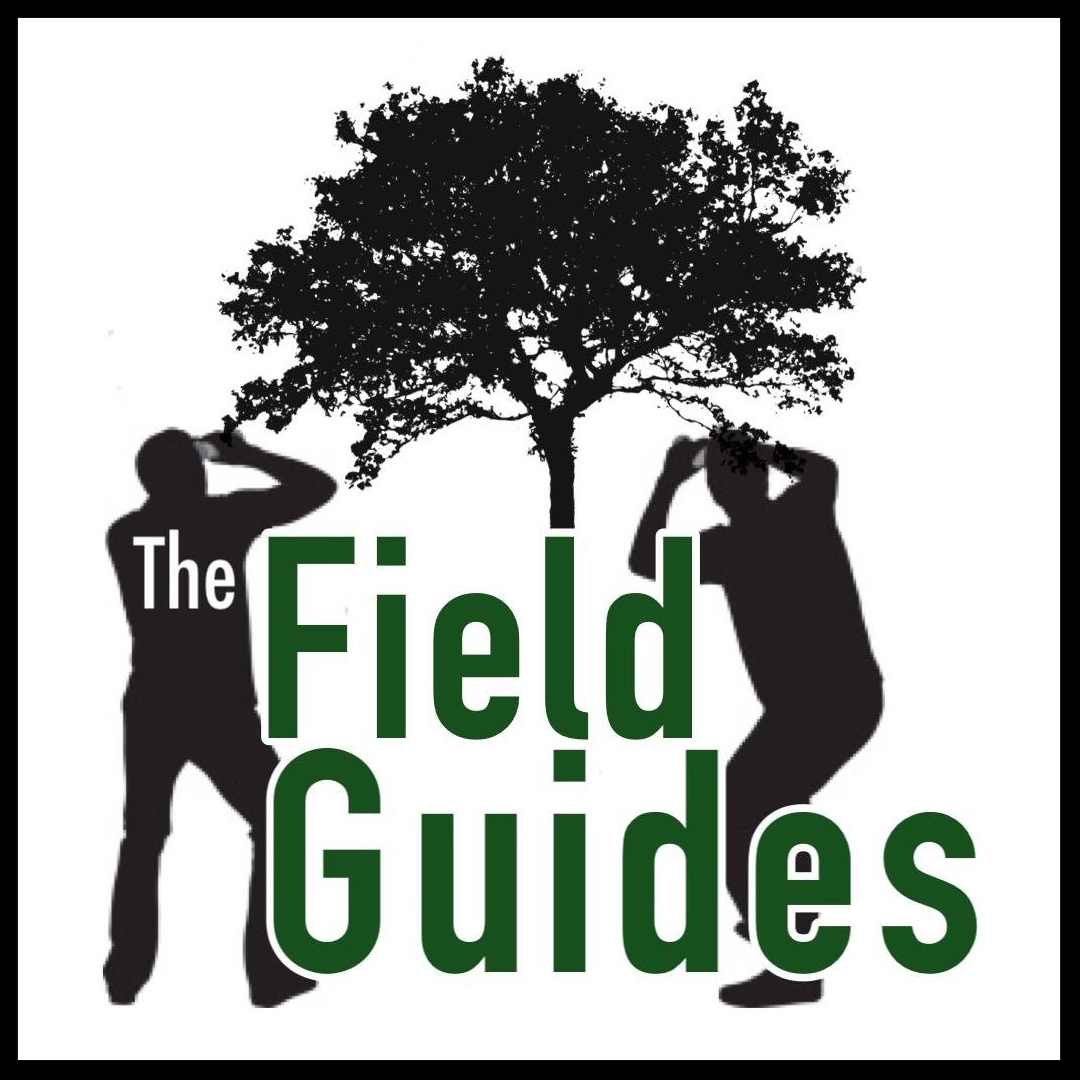
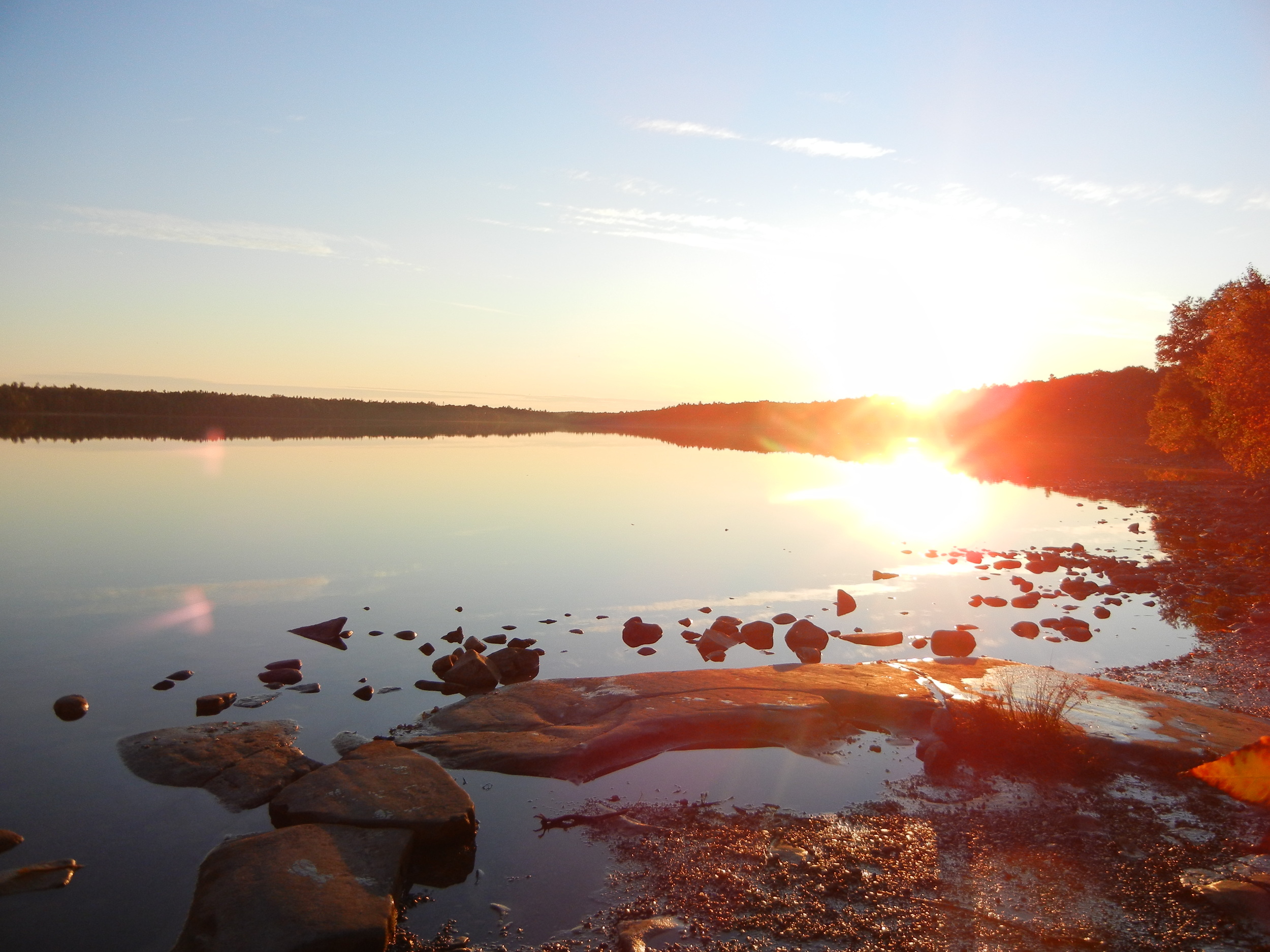












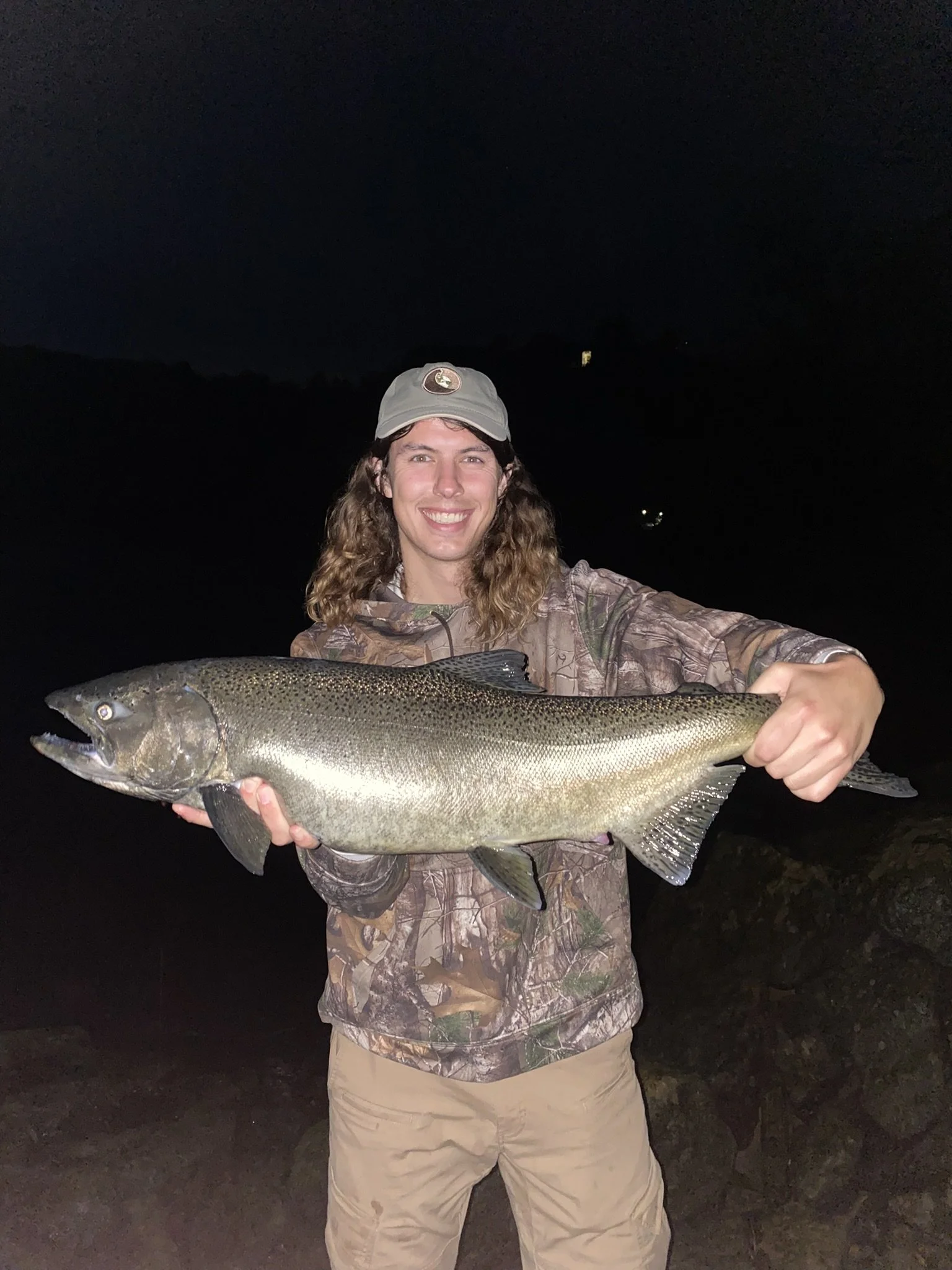
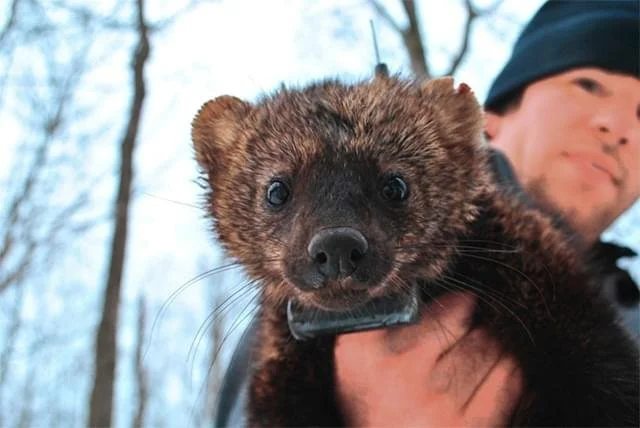






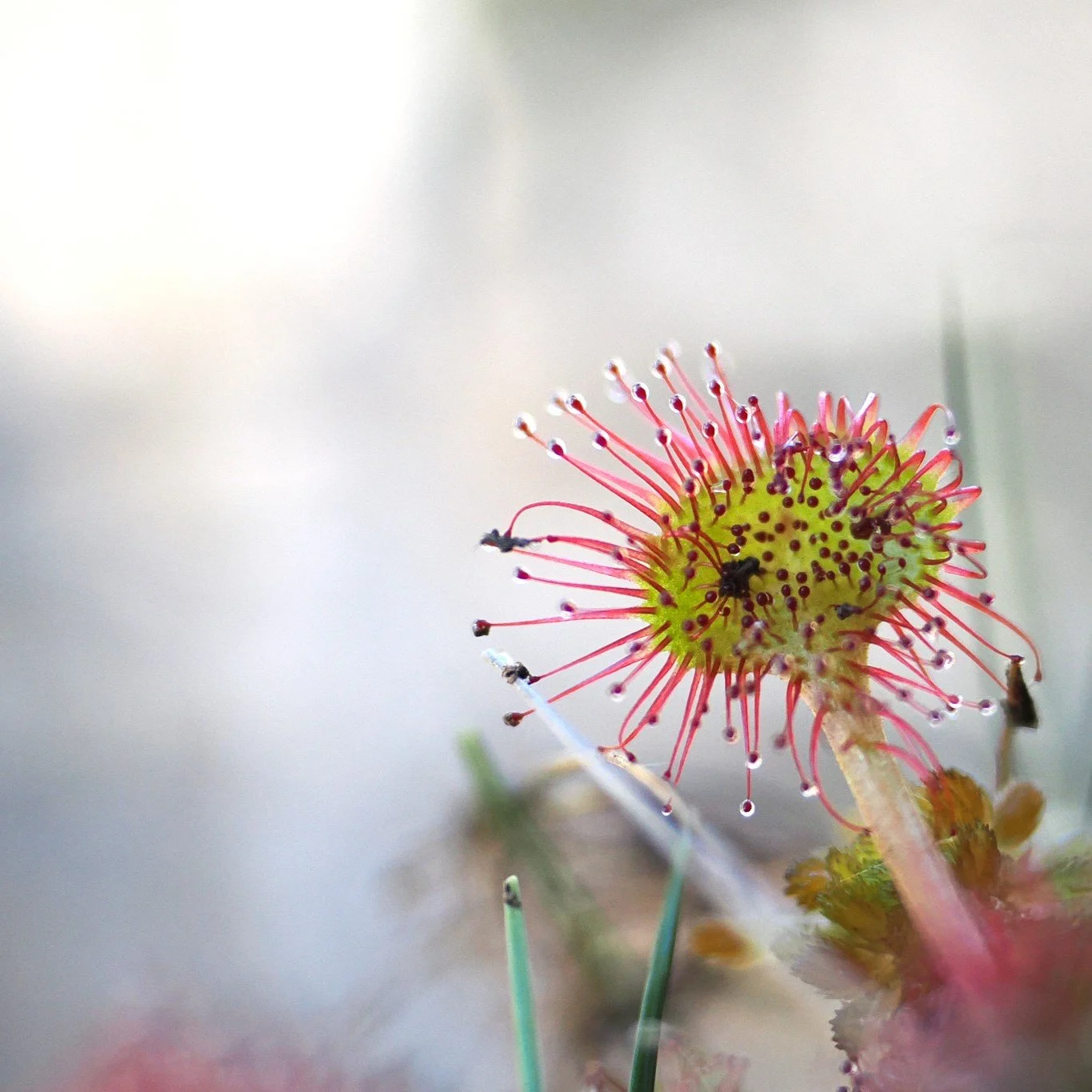


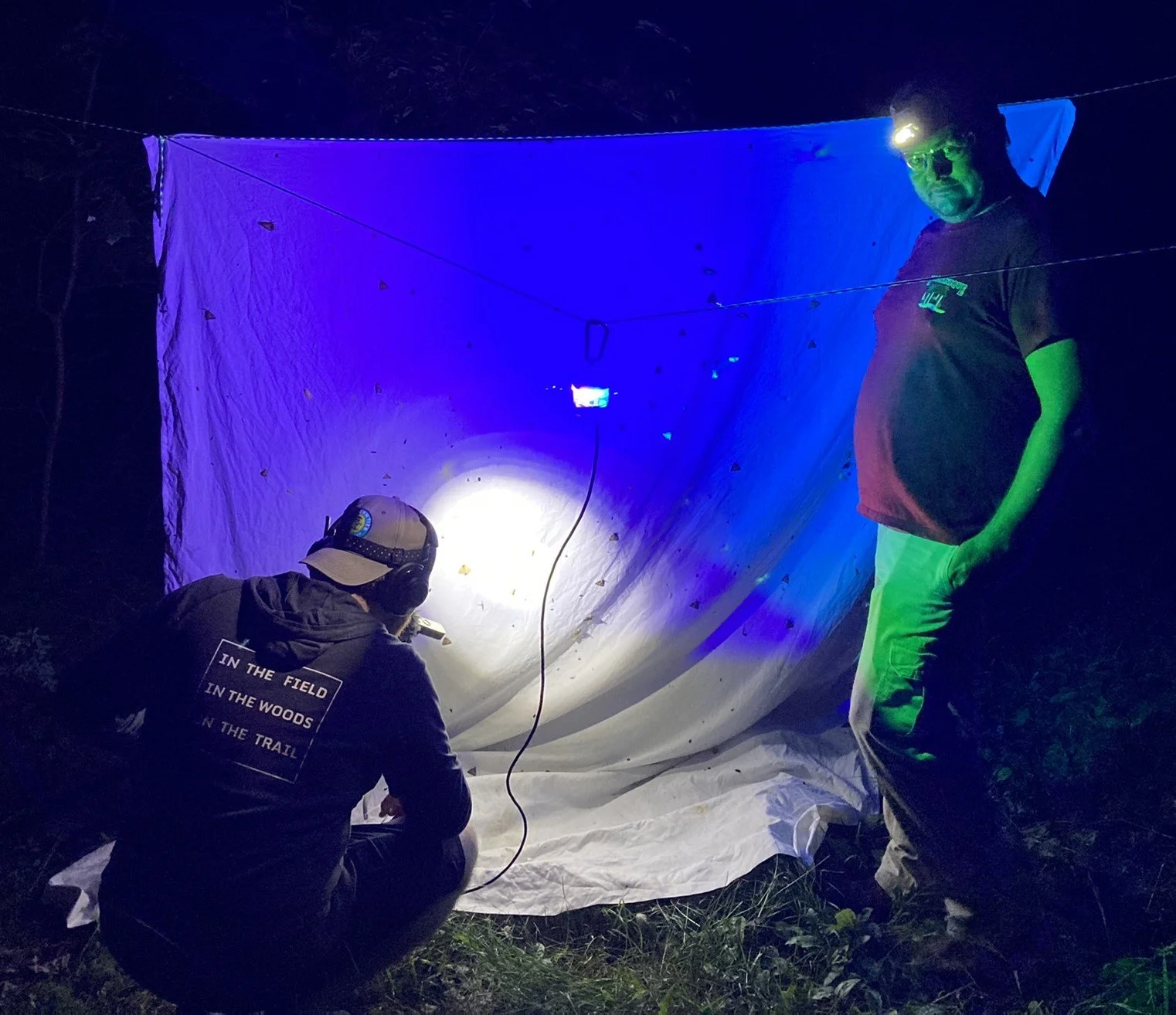
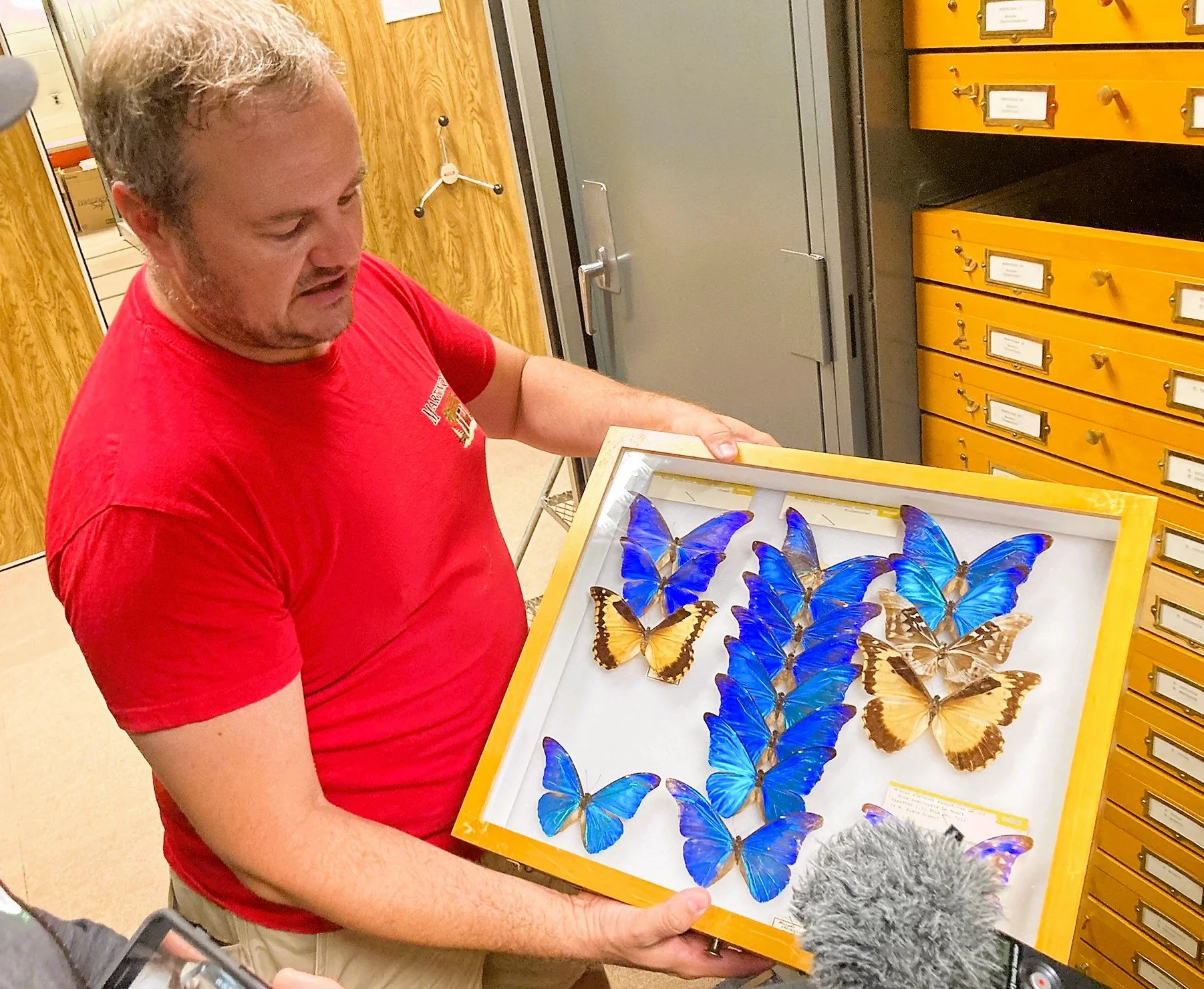




Bill and Steve dive into a tiny, bustling world - a world that’s hiding on the feathers of the birds we see every day. Joining them is Dr. Alix Matthews, postdoctoral research associate in the Department of Biological Sciences at the University at Buffalo, and she reveals the strange lives of feather mites — how these barely-visible hitchhikers feed and get around and whether or not they’re helping or hurting their avian hosts.